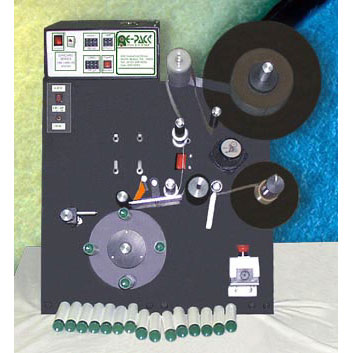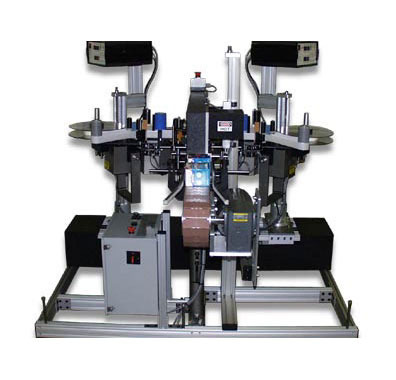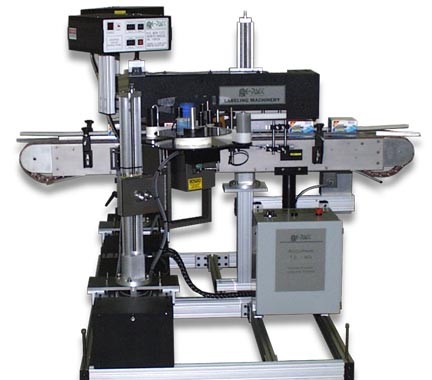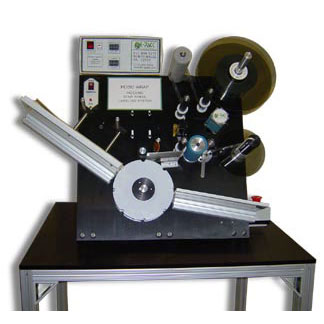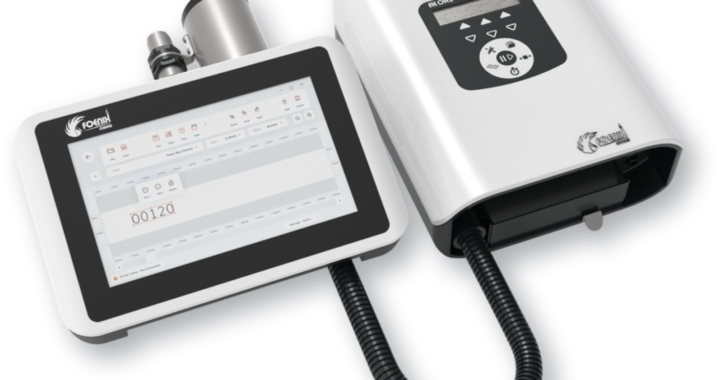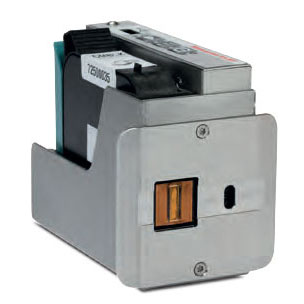Griffin-Rutgers labeling and coding systems are well suited for a variety of consumer goods; items such as cosmetics and personal care items, cleaning products, DVDs and CDs, tobacco, and other retail items.
The value of a product contained inside its package may be initially based on the aesthetic appeal of its packaging as a first impression marker. When it comes to any retail product, the aesthetics certainly play a part in the marketing of those products. Regardless of the appeal of products’ packaging it will likely need to have some form of coding to track it through the supply chain – at the very least a batch code.
Accuracy and speed are crucial in all aspects of printing, labeling and coding, and many consumer goods are required to comply with state and federal regulations as well as meeting specific manufacturer and industry requirements.
As you consider the purchase, we can help you determine the best product identification (labeling and coding) system for your unique needs. Contact the professionals at Griffin-Rutgers, and we will put our experience to work to select the correct system for you.

News

Debunking five myths of Thermal Inkjet (TIJ) printing
Over the past decade, designers of TIJ (Thermal inkjet) printers have worked tirelessly to address the limiting factors of the technology. The latest generation of TIJ printers will outperform CIJ (continuous inkjet) in terms of cost of ownership and print quality in most coding applications. Despite the discernible shift to TIJ, there’s still some outdated […]

Basic Print & Tamp Application of A Top Panel Label
This video shows the Re-Pack Series 6 Print & Apply Labeling System in a basic top mounted print & apply installation. The label is fully printed immediately prior to being applied. The applicator vacuum tamp pads can be custom sized to fit almost any label size need. Labeler installation can be from the top, bottom, […]
Top Trends: 3 New Types of Labeling Equipment for Your Business
As applications and requirements for labeling continue to evolve, the industry continues to push the limits of technology to respond to these new trends by delivering new types of labeling equipment that help your business respond. This blog post briefly highlights three new types of labeling equipment machines that may prove beneficial if you’re seeking to expend your product line, increase production volume, or meet new stringent labeling requirements for the industries you serve.

Print Apply Labeler Applying A Single Label To Cartons On The Side And Trailing Panels
The Series 6 integrated OEM print engine prints the complete label just prior to application. One half of the label is initially applied to the side panel of the passing carton. As a secondary process the remainder of the label is then wipe applied to the trailing panel of the carton. Two panel carton identification […]
Label System: Blow-on Label Applicator for Non-Contact Operation
For non-contact operation for certain label applications, you will need a label system that employs an alternative approach. A good example of such a label system is a blow-on label applicator that can offer you a wide range of features that facilitate non-contact operation, including promotional or spot labels.

High Speed Servo Motor Driven Beverage Labeling System
In this video the Series 4 High Speed Beverage Labeling System is applying labels to round beverage containers at high throughput rates. The accuracy of the container handling is insured through the use of a timing screw. This timing screw insures the high speed location of the container in relation to the labeling head for […]
RFID and Barcode Labeling: Is There a Difference Between the Two?
As technologies advance and merge, it can be harder to distinguish between seemingly similar types of product identification functions. Take for example RFID and barcode labels, which appear to be interchangeable terms in many ways. Not necessarily. Below is a list of differences between RFID and barcode labeling to provide a clearer picture about each process and how they are different even though they both help to track products and shipments.

Three Panel Labelers and Three Panel Print & Apply Labelers for All Products & Containers
Three panel label applications on square and rectangular cases have become common place and we offer a line of labeling machines specifically for these applications. We even have a machine that can quickly be changed over from 3 panel to single panel or wrap label application. Labeling applicators are great for boxes and cartons, round […]
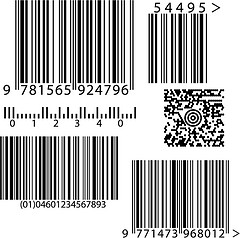
Happy Birthday To The Barcode!
Chances are you don’t pay too much attention to the barcode. It’s ubiquitous and likely a part of your everyday life. It’s a rare grocery or department store that doesn’t have bar codes on all of their products. With a simple swipe, the price and the item name are pulled up in a computer, the […]
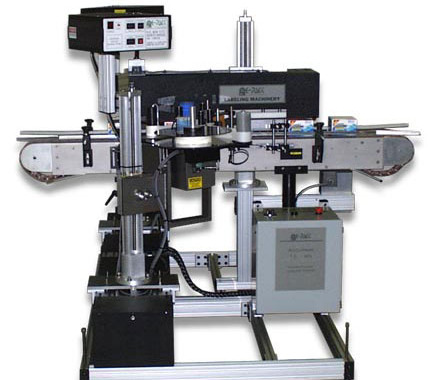
Labeling Systems: Which One Suits Your Needs?
With so many different types of labelers available in today’s marketplace – and with some companies offering more than forty different models of labeling systems – it can be difficult to know which unit suits your particular need. However, if you are going to make an investment in one of these labeling systems, you need to know fundamental pieces of information for both your current needs and those forecasted in the months and years ahead. This includes what material you will be labeling, the shape of the product and how many units need to be produced in a given timeframe to help determine the speed at which the machine must perform.
Products

Re-Pack RW16 Table Top Rewinder
Small and simple for those that may need to change the unwind position of a label by rewinding it
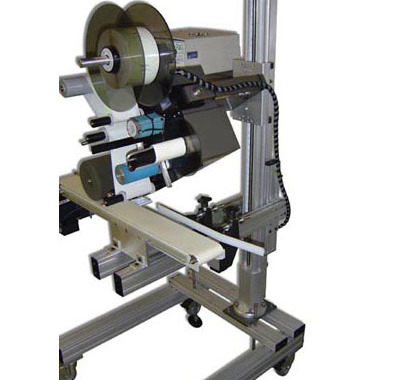
Re-Pack Mini Top Labeling System
Apply labels to the top panel of flat products such as bags and boxes
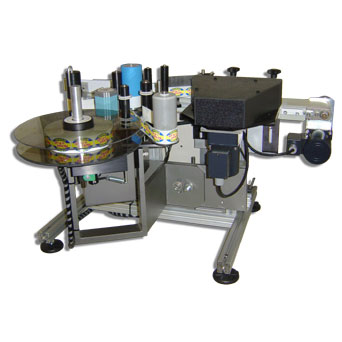
Re-Pack Mini Wrap Labeling System (Table Top Model)
Designed to fill the gap between semi-automatic labeling machines and complete wrap systems

